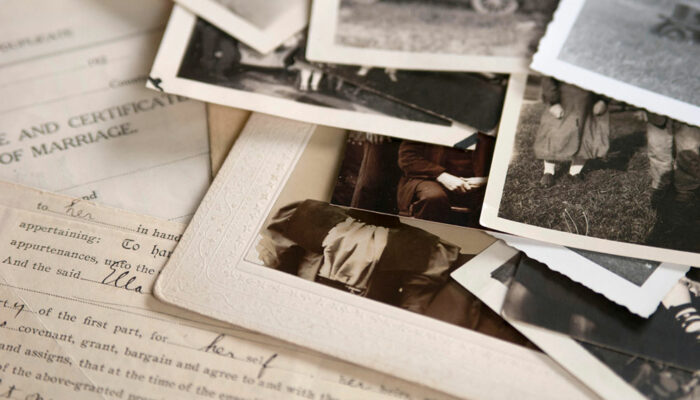Everything Else
10 best laundry detergents and their features
Detergents are available in multiple forms, such as pods, powder, and liquids, and choosing the best one can be tough. In addition to daily wear clothing and regular laundry items, you could have some garments that require specialized products for effective cleaning. Some members of your family might have sensitive skin and need mild chemical-free products. So here is a list of the best detergents that can make your laundry task hassle-free. Gain Laundry Detergent Among the list of laundry detergents that are known for their fragrance is Gain Laundry Detergent. The liquid not only cleans your clothes but also gives them a delicate fragrance that can last for up to 6 weeks or until the garment is worn. This detergent can be used in all washing machines, including highly efficient ones. The detergent also has Oxi Boost, a combination of surfactants, enzymes, and pre-treaters that aid in eliminating stains and odors that could be two weeks old. Moreover, this product is available in multiple sizes to cater to the needs of every household. Persil ProClean Laundry Detergent Among the laundry detergents that excel in stain removal is Persil Proclean. This concentrated liquid offers deep cleaning and has stain-fighting enzymes.
Read More 











